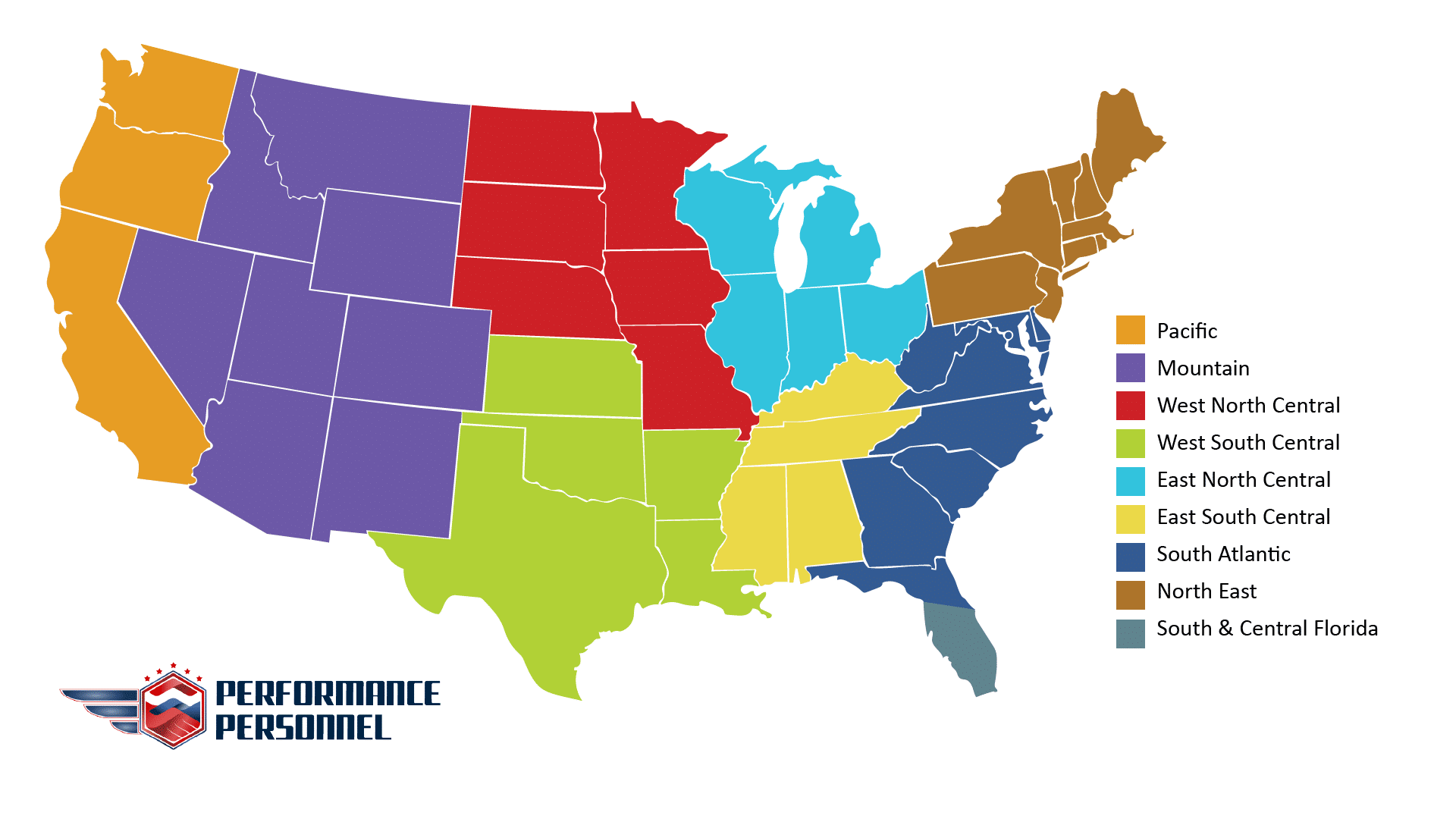QUICK LINKS
Wage Analysis
as a Possible Solution for High Employee Costs
No matter what industry a business may be in, the leaders within that company likely try to ensure they are paying competitive wages to their employees for the support they provide. However, as annual raises continue to stack up and entry-level or mid-level employees receive more pay than they should, it can start to drain the allotted payroll budget that is in place. With this problem becoming more of a focus in recent years, could a wage analysis help determine fair wages and establish pay caps for positions?
When employees are paid too much, it does not just harm the company's bottom line that they work for. It can also limit their own development as an employee and cause dissent among other employees that may not have the same longevity or pay level. While paying fair wages is an intelligent strategy, it is essential to know when to stop giving raises and instead offer promotions. Fortunately, a wage analysis is a simple and effective way to determine what employees should be paid to limit high employee costs while still keeping employees happy.

How Does Wage Analysis Improve Employee Costs?
Most companies have a wide range of employees from entry-level positions all the way to the C suite. Performing a wage analysis to determine a fair wage for each of these positions based on the type of work performed, experience levels and much more can make sure that high employee costs are contained and limited whenever possible. This process is also vital for creating "pay caps" that remove the ability for an employee to be overpaid for a position and instead encourages them to reach for a higher title.
A properly conducted wage analysis provides valuable insight into the currently expected pay scale for employees based on local and national data. Not only is this the best first step to ensuring that both existing and new talent remain content with their salary package, but it also creates room for the company to develop guidelines for a performance-based bonus, pay increases or other potential benefits that may be available. Coincidentally, this process also ensures that the employer is not giving new employees more pay than they should and preserves valuable capital that can be used to improve services or fill other needed positions.


While paying employees a higher-than-market wage may seem like a smart strategy to attract top talent; companies have to ensure that those costs still provide the best support possible. Since high employee costs can sink a company quickly, the proper checks and balances must be in place to ensure the best outcomes possible. An annual or semi-annual wage analysis is often the best way to achieve this and keep a finger on the pulse of an employment market that is constantly changing. Through options like performance based staffing, companies have the ability to ensure their employees are not only receiving a fair wage but that their own interests are also being protected.
Exploring Targeted Recruitment and Retention Programs
as a Possible Solution for High Employee Costs
Targeted recruitment often begins with an organization knowing what qualities they are looking for in a candidate and then determining the best ways to get job offers to them. Taking this direct approach to hiring can provide a range of benefits for industries that require specific skill-sets; however, it can also be fundamental in ensuring that the best candidates are sourced without associated high employee costs that could hinder budgetary guidelines.
Recruiting and retaining top talent without overspending is one of the biggest challenges human resources teams faces. Any time a quality hire is made, it is likely that the associated costs to obtain those skill sets will be higher. For this reason, balancing projected salary packages with the level of experience required for the position will help determine which employee best fits the employer’s specifications. Although targeted recruitment is just half of the battle, and a solid retention plan will be needed to control costs and ensure long-term relationships with an employee.

How Can Targeted Recruitment and Retention Programs Decrease Employee Costs?
For recruitment sources to work for an employer, they will often need to create a process or system to track these metrics. Often, some of the most important considerations include the source of hire, the cost of hire, and the type of candidate that was obtained from that hiring source. With this information, businesses will be more likely to determine patterns and can more easily understand which recruitment sources are providing the best employees at the lowest cost. This means that more investment can be made into those options in the future to continue leveraging the best support.
Often, a range of different factors goes into a targeted recruitment and retention program. For the best support possible, these programs require a business to outline any expenses associated with the process to provide an accurate total cost of hiring a candidate. Not only does this figure include a proposed salary, but it should also incorporate the cost of working with a recruiter, the salary of other team members responsible for implementing the recruitment and retention programs, advertising costs, and other expenses that may be incurred. On average, these costs will range between $3,500 and $5,000 per candidate after being calculated.


One of the best ways to protect the investment needed for new candidates is to ensure a solid retention plan is in place. This can not only reduce the overall need to continue hiring or searching for new candidates, but it can help ensure that time and money are being saved as top talent is retained and nurtured over time. Companies cannot afford to neglect these aspects in modern times if they are attempting to decrease employee costs. Performance Personnel can help eliminate everyday stressors and financial mistakes through performance based staffing services. This allows employers to focus on retainment strategies while their recruitment plan continues to attract the top talent available locally and regionally.
Exploring Pre-Screening as a Possible Solution for High Employee Costs
Many businesses find that their existing budgets aren't stretching as far as they once were in the current economic climate. As inflation continues to rise and supply chain issues become more disruptive, it's no secret that everyone is looking for ways to cut high employee costs and other logistical, financial burdens. Unfortunately, it's becoming more apparent that companies need to adapt their hiring processes to account for this now-common issue as it continues to plague them.
As a staffing provider, Performance Personnel is constantly looking at the best ways to decrease high employee costs while also ensuring that top talent is being secured. One of our team's best ways to combat this issue is to implement pre-screening processes that accurately analyze a candidate's qualifications, expected salary, and much more to help hiring managers make an informed decision. This process can also ensure that a potential applicant is a good fit for the position, reducing the chance of costly turnover occurring prematurely.

How Can Pre-Screening Help Reduce High Employee Costs?
Pre-screening can unlock a host of benefits for any company. Not only can it accelerate the process of finding a qualified candidate, but it also can help reduce the chances of turnover and significantly decrease high employee costs. While many of the other recommendations found within this article will provide many of the same results, the key is to ensure all of these processes work harmoniously to ensure a favorable outcome and an informed decision.
Companies that take the time to implement pre-screening into their hiring process will often find that it sets off a chain of positive events to reduce high employee costs effectively. For instance, when candidates apply, the pre-screening test will help determine if they are a great fit immediately by reviewing their qualifications and determining how they will align within the company culture. This insight is valuable for businesses that want to specify an excellent starting point for salary negotiations that fit within their budgets.
Pre-screening can often be tailored to meet the specific needs of a company. This means that if a business is attempting to decrease high employee costs, the pre-screening tests utilized can help determine if they are a candidate worth pursuing based on their skills and desired salary. By only allowing the best of the best to filter in through the process, high employee costs can be reduced naturally while allowing the company to invest in other growth opportunities that are available to them.


As a leader in performance based staffing, Performance Personnel has helped countless companies reduce high employee costs by implementing pre-screening processes. Our approach to staffing ensures that only the most qualified candidates are extended a position within the company. This allows the employer to take a hands-off approach while our team manages team lines and fills vacant positions as soon as they become available. This also helps ensure growth opportunities remain available when talent exceeds job requirements – creating a rewarding career path option.




